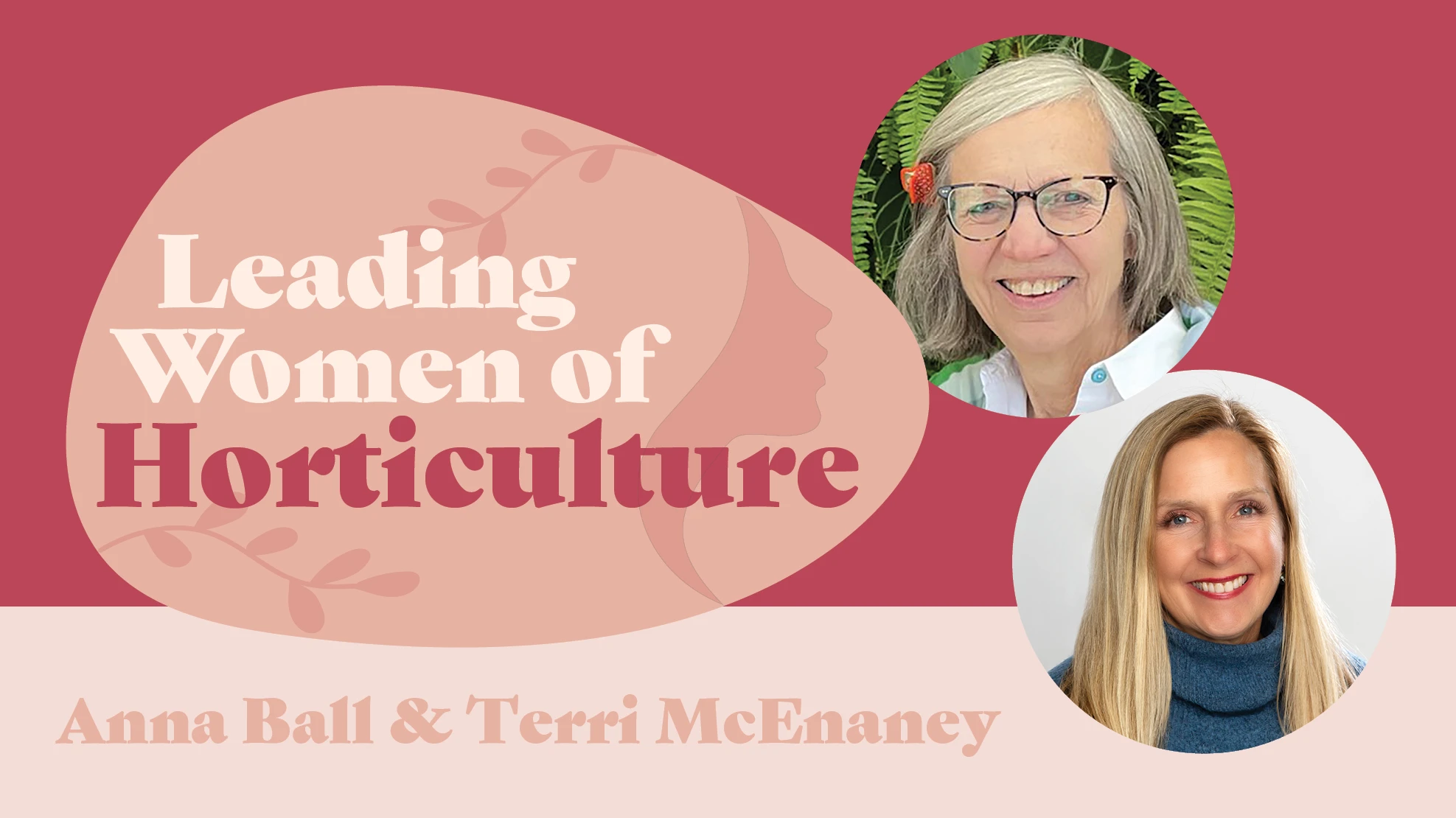

Does your business send out a weekly newsletter? Do you find it easy or overwhelming? Perhaps you wonder how necessary or effective such emails are, or feel stymied by coming up with subjects to write about. Maybe you’ve been collecting customer email addresses for years but haven’t yet taken the plunge and sent out news on a regular basis.
A company newsletter doesn’t have to be lengthy or overwhelming, but it should be consistent and have a clear purpose. The first step for any garden center is to start by defining your goal for such communications. Yes, you want to create a personal connection with your customers and build their trust and confidence in your business. Beyond those general purposes, however, there are other objectives you should be clear about.
In general, a newsletter should “solve, not sell.” A regular email should resolve your customers’ problems. Always keep your average customer in mind, and compose a newsletter that addresses what they care about. This doesn’t mean that you can’t promote products, plants and services; you just need to do so in a way that addresses what your customers are thinking about. Editor’s Note: Newsletters that inform or solve problems can also lead to higher sales; check out the article "Raise prices without raising eyebrows" to read how SummerWinds Nursery sold more roses without coupons.
Before preparing any newsletter, ask yourself what your clients are caring about this week, and how your business can address their concerns or desires.
A fast and easy way to come up with topics for the newsletter is to poll your employees; ask them what customers have been most interested in over the past few days. Are they asking where the large tomato plants are? Do they need help with the damage from a recent storm or heat wave? Is there a common problem that several clients have asked about, or a plant many have been interested in finding? Your staff will often know the best subject to lead with each week.
Remember too that a regular newsletter doesn’t have to contain much text. If you’re not comfortable writing, or don’t have the time to compose even a few paragraphs, send a newsletter that is mostly pictographic. Don’t be afraid to mix it up, because you don’t have to be stuck with the same length for every newsletter. It shouldn’t be confusing or weird, of course, but don’t hesitate to occasionally go with two or three photos or a simple announcement. People often stop opening newsletters that are always the same-old, same-old, so it’s helpful to occasionally be surprising, funny, or otherwise delightful in addition to being helpful.
Here are some other tips for writing effective newsletters:

Put the most important article or photo at the top because people are busy. Assume that many will only read the lead piece, so make sure that it is a connection-builder.
Contain just enough information for people to read in 5 minutes. Frankly, you’re lucky if you get that much time. For this reason, don’t confuse a newsletter with your website. Don’t put every possible subject in your weekly email. Resources, random links and too many articles or photos just increase the noise level. Less is more.
Highlight one piece of information and include one clear call to action per newsletter. After writing the newsletter, ask yourself, what is the call to action? Is it easy to understand? Does it require too many clicks? Here are three examples of a call to action that solves a customer’s problem: 1. For a window box that thrives this year, use new potting soil and mix in some time-release fertilizer when planting. 2. Do your container plants die while you are away? Come in to see our selection of low-maintenance succulents for creating stylish and drought-tolerant pots. 3. Got holes in your broccoli, kale or cabbage plants? We have Bt that will take care of those cabbage loopers organically, and some Turbo that will help the Bt stick onto the leaves.
Use a subject line that talks to the customer. Ask yourself if the subject line would compel you to open this email. Does it speak to solving problems?
Proofread. Read what you’ve written out loud, more than once. Have others read it with care and ask for honest feedback. You don’t want the call to action to be hidden because of spelling errors, typos or sentences that don’t make sense.
Finally, subscribe to other garden center newsletters to see what businesses in other parts of the country are doing. Be inspired by how are they creating human-to-human connections with their readers or solving their customers’ problems.

Explore the July 2018 Issue
Check out more from this issue and find your next story to read.
Latest from Garden Center
- Society of American Florists accepting entries for 2025 Marketer of the Year Contest
- Sustainabloom launches Wholesale Nickel Program to support floriculture sustainability
- American Horticultural Society welcomes five new board members
- Color Orchids acquires Floricultura Pacific, becoming largest orchid supplier in U.S.
- American Floral Endowment establishes Demaree Family Floriculture Advancement Fund
- The Growth Industry Episode 3: Across the Pond with Neville Stein
- Proven Winners offers Certified Garden Center Training for staff education
- Digging In Association hosts inaugural Platinum Trowel Awards at winter conference





